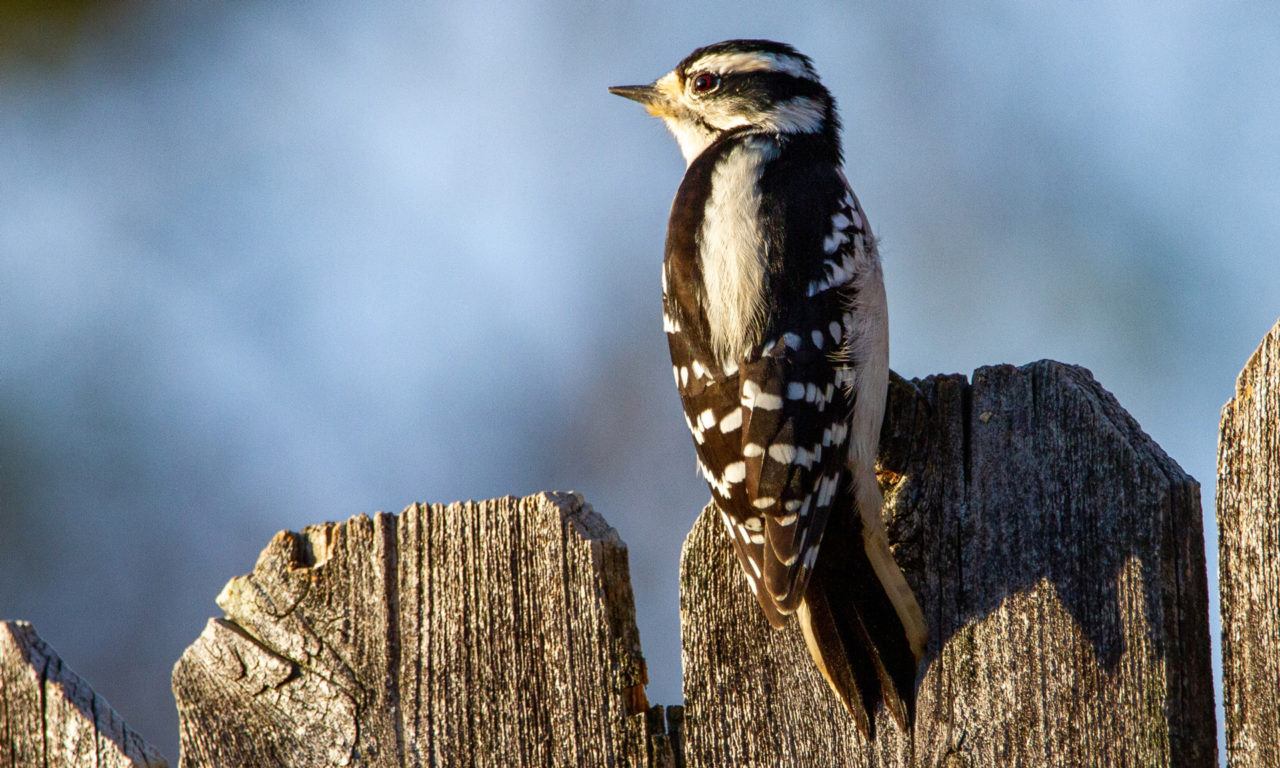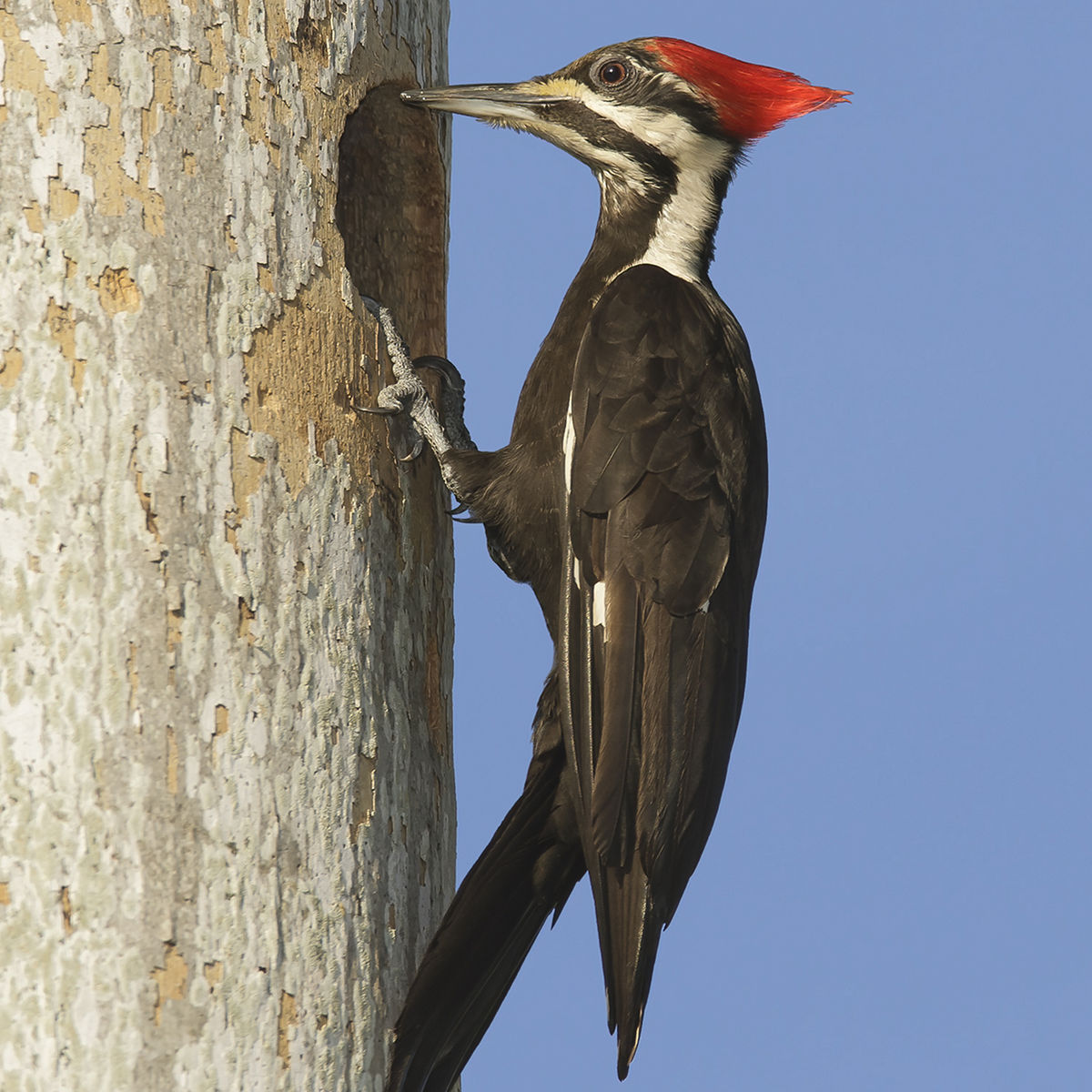Woodpeckers in Florida Population: Variety Summary and Preservation
Woodpeckers in Florida Population: Variety Summary and Preservation
Blog Article
Discover the Interesting World of Woodpeckers: Whatever You Need to Know
The globe of woodpeckers is a realm loaded with distinct actions, complex adjustments, and a diverse variety of types. From their environments and distribution patterns to their feeding behaviors and specialized anatomical functions, woodpeckers have actually long mesmerized the rate of interest of ornithologists and nature fanatics alike.
Woodpecker Habitats and Circulation
In North America, for instance, woodpeckers can be found in both coniferous and deciduous forests, using their strong beaks to forage for insects and create nesting dental caries in trees. In Africa, certain woodpecker varieties have adjusted to arid environments, such as the acacia woodlands, where they play an important function in regulating insect populations.

Feeding Behaviors and Diet
Woodpeckers utilize their strong beaks to drill right into the bark of trees, probing for bugs and larvae concealed under the surface area. In addition to bugs, woodpeckers also consume nuts, seeds, fruits, and sap.
Woodpeckers are known for their drumming behavior, which serves not only to connect with various other woodpeckers yet also to find food. The rapid drumming noise is developed by the bird pecking on powerful surfaces like dead trees or steel posts. This actions can attract insects concealed in the timber, permitting the woodpecker to spot their existence and feed upon them.
One-of-a-kind Adjustments for Tree Climbing
In their adept search of insects hidden within tree bark, woodpeckers have progressed exceptional anatomical functions that equip them with distinct adjustments for effective tree climbing. Woodpeckers have strong neck muscle mass and an unique skull structure that soak up the effect of constant pecking, allowing them to climb up vertically without triggering damage to their brains. These adjustments showcase the incredible evolutionary layout that makes it possible for woodpeckers to browse trees with accuracy and effectiveness.
Diverse Woodpecker Types Worldwide
With over 200 different species spread across numerous environments worldwide, the family of Picidae incorporates an impressive diversity of woodpeckers. These birds can be discovered in forests, timberlands, savannas, and also urban areas, showcasing their flexibility to different environments. From the iconic Northern Flicker in North America to the vivid and elusive Crimson-backed Flameback in Asia, each woodpecker varieties displays unique features in regards to plumage, habits, and environment preference.
Woodpeckers vary substantially in size, with the petite Downy Woodpecker gauging around 6-7 inches in size, while the effective Lineated Woodpecker can rise to 17 inches - Woodpeckers in Florida. Their beaks also can be found in different sizes and shapes, reflecting their feeding practices. Some species concentrate on extracting pests from tree bark, like the Acorn Woodpecker, while others, such as the Black-cheeked Woodpecker, feed upon fruits and seeds

Preservation Efforts and Challenges
Conservation efforts for woodpecker populations are critical in mitigating the click reference impact of habitat loss and various other risks dealing with these page varied avian types. Woodpeckers encounter different obstacles to their survival, primarily as a result of logging, urbanization, environment change, and invasive species. To attend to these issues, conservation initiatives focus on securing and recovering woodpecker habitats, executing lasting forestry techniques, and raising understanding concerning the value of these birds in ecosystems.
One significant challenge in woodpecker conservation is the fragmentation of their habitats, causing isolated populations that are much more susceptible to termination - Woodpeckers in Florida. Conservationists function to create wild animals corridors and shielded areas that attach these fragmented habitats, allowing woodpeckers to relocate in between different areas for feeding, breeding, and shelter

Final Thought
Finally, woodpeckers are interesting birds with one-of-a-kind adjustments for tree climbing and feeding actions. They can be discovered in diverse habitats worldwide, dealing with preservation challenges as a result of habitat loss and human tasks. Recognizing their useful content environments, diet regimens, and actions is vital for preservation efforts to protect these crucial bird types. Further study and preservation actions are required to make certain the survival of woodpeckers in the wild.
Report this page